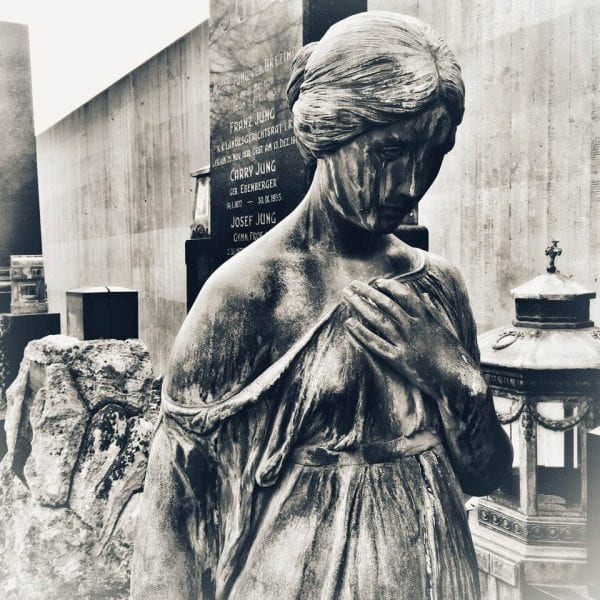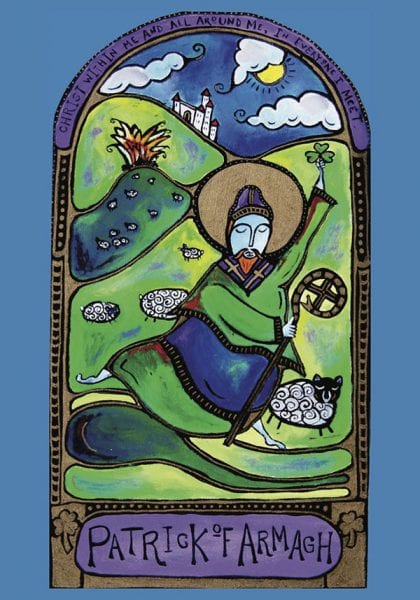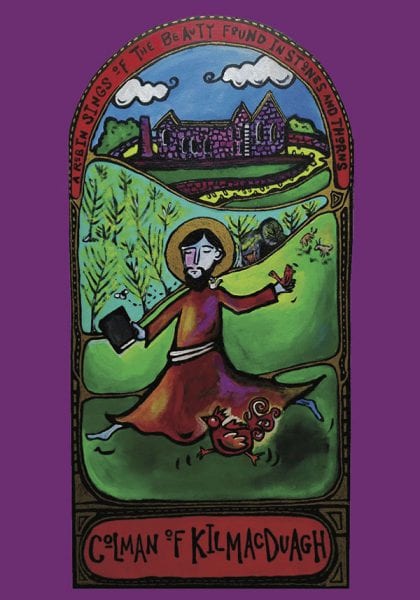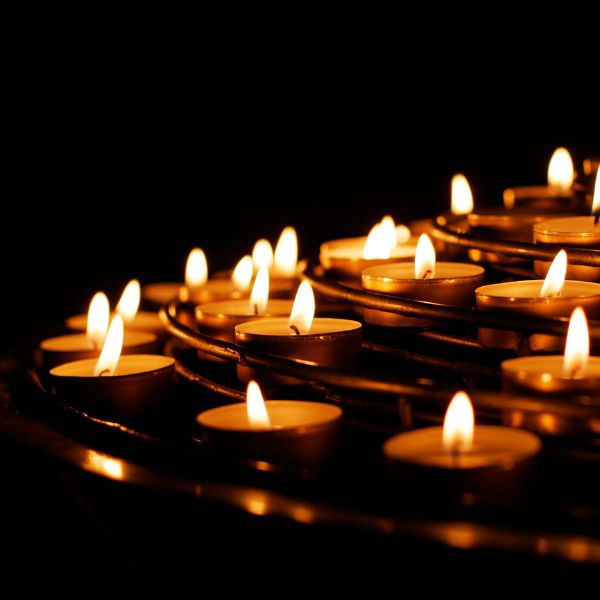Dearest monks, artists, and pilgrims,
During this Jubilee year of sabbatical we are revisiting our Monk Manifesto by moving slowly through the Monk in the World retreat materials together every Sunday. Each week will offer new reflections on the theme and every six weeks will introduce a new principle.
Principle Two: I commit to radical acts of hospitality by welcoming the stranger both without and within. I recognize that when I make space inside my heart for the unclaimed parts of myself, I cultivate compassion and the ability to accept those places in others.
 This practice of Welcoming Prayer was originally developed by Contemplative Outreach’s late master teacher Mary Mrozowski, it is based largely on the teaching and wisdom of Fr. Thomas Keating and an eighteenth century work titled Abandonment to Divine Providence by Jean Pierre de Caussade.
This practice of Welcoming Prayer was originally developed by Contemplative Outreach’s late master teacher Mary Mrozowski, it is based largely on the teaching and wisdom of Fr. Thomas Keating and an eighteenth century work titled Abandonment to Divine Providence by Jean Pierre de Caussade.
I will give you a brief overview of the practice and then suggest you move through the experience in your own time and pace.
There are three main movements to the process of the Welcoming Prayer
- Focus and sink in
- Welcome
- Let go
We begin the practice by allowing some time to move your focus and attention to your body. Allow some time to breathe and connect with what you are experiencing. Notice both physical pain as well as emotions. Bring your full awareness to whatever the experience is, without trying to change it. Notice how you experience this in your body. If you feel sad, how is that manifested in your body?
Don’t try to change anything. Just stay present.
Focusing doesn’t mean psychoanalyzing. This is not about trying to discover why you feel the way you do, or justifying your feelings.
This first step is the key to whole practice. By becoming physically aware of this energy as sensation in your body, you can stay in the present, welcoming it which is the second movement.
When you feel fully immersed in the feeling or experience, you begin to practice this inner hospitality and say very gently: ”Welcome, anger” or “Welcome pain, welcome.”
The goal of this practice isn’t to get rid of the experience you’re having, but to not let it take your awareness from being fully present to yourself and this moment.
What often happens is that we experience something we consider “negative” and then we begin to immediately resist the feeling. We may distract ourselves or try to figure out what is wrong. But these responses simply move us further away from an experience of this moment in time.
By embracing the thing you once defended yourself against, or ran from, you are actually disarming it, removing its power to hurt you or chase you back into our smaller self. You open yourself to hear the wisdom it might have to offer, to reveal what it is trying to say to you.
When we bring ourselves fully present to our experience, a remarkable thing happens. We find the courage and strength to stay with the moment. We surrender the desires of the small self to the capacity of the true or authentic self, the inner witness I discussed in part one. The authentic self already has a connection to the divine, and is able to be fully present to whatever is happening from a place of calm and compassion. You can stay with your experience no matter its physical or psychological impact.
In this practice we stay present, welcoming it in, but don’t identify it. We come to recognize that this experience doesn’t define the whole of who we are. We are not made up entirely of our grief just as we are not fully defined by joy.
This act of welcome isn’t about condoning the situation that caused the physical or emotional pain. Surrender isn’t about accepting illness or rejection or pain inflicted by another as somehow just the way life is. You are welcoming in the feelings the experience triggers for you and letting them have some space within. This is surrender as an inner attitude rather than outer practice. Sometimes the events of our lives demand our resistance, sometimes we are called to say no. But the feelings we experience, these need room within our inner guest house because paradoxically it is only by inviting them in that we are no longer controlled by them. Once you are in right alignment with your inner experience, then you can discern freely how to respond to the outside world of experience. You choose from a place of centeredness and consciousness rather than reactivity.
The third step is letting go, but the temptation might be to move here too quickly. The real work of Welcoming Prayer is in those first two steps, staying with the experience and welcoming it in until the wall of resistance begins to come down on its own. When you feel this inner fighting of the experience dissolve, then you can begin to practice letting go. This is just for now, because as human beings we will continue to encounter the difficult emotions. This is not a final, forever renunciation of your anger or fear; it’s simply a way of gently waving farewell as the emotion starts to recede.
If you feel resistance to the letting go, don’t pretend, simply accept where you are right now and bring some compassion to yourself.
To let go you might say something simple like I let go of my anger and give it over to God.
The creator of the Welcoming Prayer used this prayer:
- I let go my desire for security and survival.
- I let go my desire for affection and esteem
- I let go my desire for control and power.
- I let go my desire to change the situation.
When my inner experience is welcomed in, God can transform it for my own deepening.
If we practice this regularly you might begin to notice that throughout your day there are moments when an inner experience arises that you want to resist. You can simply bring your compassionate awareness to this process and instead of distracting yourself from the feeling, simply pray the word “welcome” and allow the divine compassion to flow through you, offering the gift of transforming grace.
Welcoming prayer helps us to cultivate our ability to live with the truth of this moment, and to accept whatever is happening right now.
Take some time right now, begin with a few minutes. Focus on what you are experiencing without changing it. Once you name the feeling, Welcome it in. Stay with it as long as you need to, seeing if you can simply accept this as the truth of your life in this moment. Then when you feel a bit of release around your resistance, practice letting go, not holding on to whatever this was, knowing that each moment brings its own grace and truth.
Blessings as you go forward with inner hospitality.
With great and growing love,
Christine
Christine Valters Paintner, PhD, REACE





